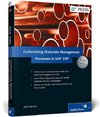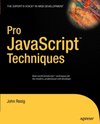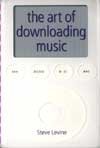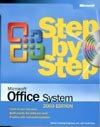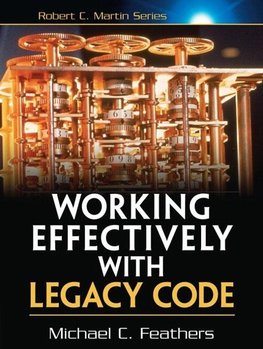
-
 Anglický jazyk
Anglický jazyk
Working Effectively with Legacy Code
Autor: Michael Feathers
Proven strategies for maintaining and optimizing legacy code to get the most out of your existing applications.
- Examples in C-sharp, C++, and Java, as well as strategies for better using the industry standard modeling language: UML 2.0... Viac o knihe
Na objednávku, dodanie 2-4 týždne
71.22 €
bežná cena: 79.13 €
O knihe
Proven strategies for maintaining and optimizing legacy code to get the most out of your existing applications.
- Examples in C-sharp, C++, and Java, as well as strategies for better using the industry standard modeling language: UML 2.0
- Addresses the very concrete problems that programmers face working in the context of large untested code bases
- Based on successful classes for Object Mentor, the author helps organizations maintain older systems rather than go to the cost of developing new ones
- Vydavateľstvo: Prentice Hall
- Rok vydania: 2004
- Formát: Paperback
- Rozmer: 233 x 179 mm
- Jazyk: Anglický jazyk
- ISBN: 9780131177055
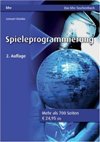
 Nemecký jazyk
Nemecký jazyk 
